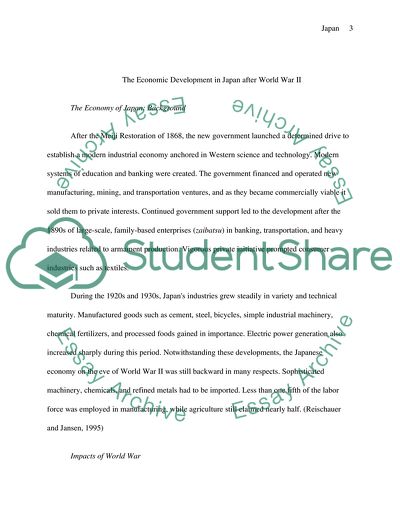Cite this document
(The Industrial Development in Japan after World War II Research Paper, n.d.)
The Industrial Development in Japan after World War II Research Paper. Retrieved from https://studentshare.org/macro-microeconomics/1723543-economics-of-asia
The Industrial Development in Japan after World War II Research Paper. Retrieved from https://studentshare.org/macro-microeconomics/1723543-economics-of-asia
(The Industrial Development in Japan After World War II Research Paper)
The Industrial Development in Japan After World War II Research Paper. https://studentshare.org/macro-microeconomics/1723543-economics-of-asia.
The Industrial Development in Japan After World War II Research Paper. https://studentshare.org/macro-microeconomics/1723543-economics-of-asia.
“The Industrial Development in Japan After World War II Research Paper”, n.d. https://studentshare.org/macro-microeconomics/1723543-economics-of-asia.


